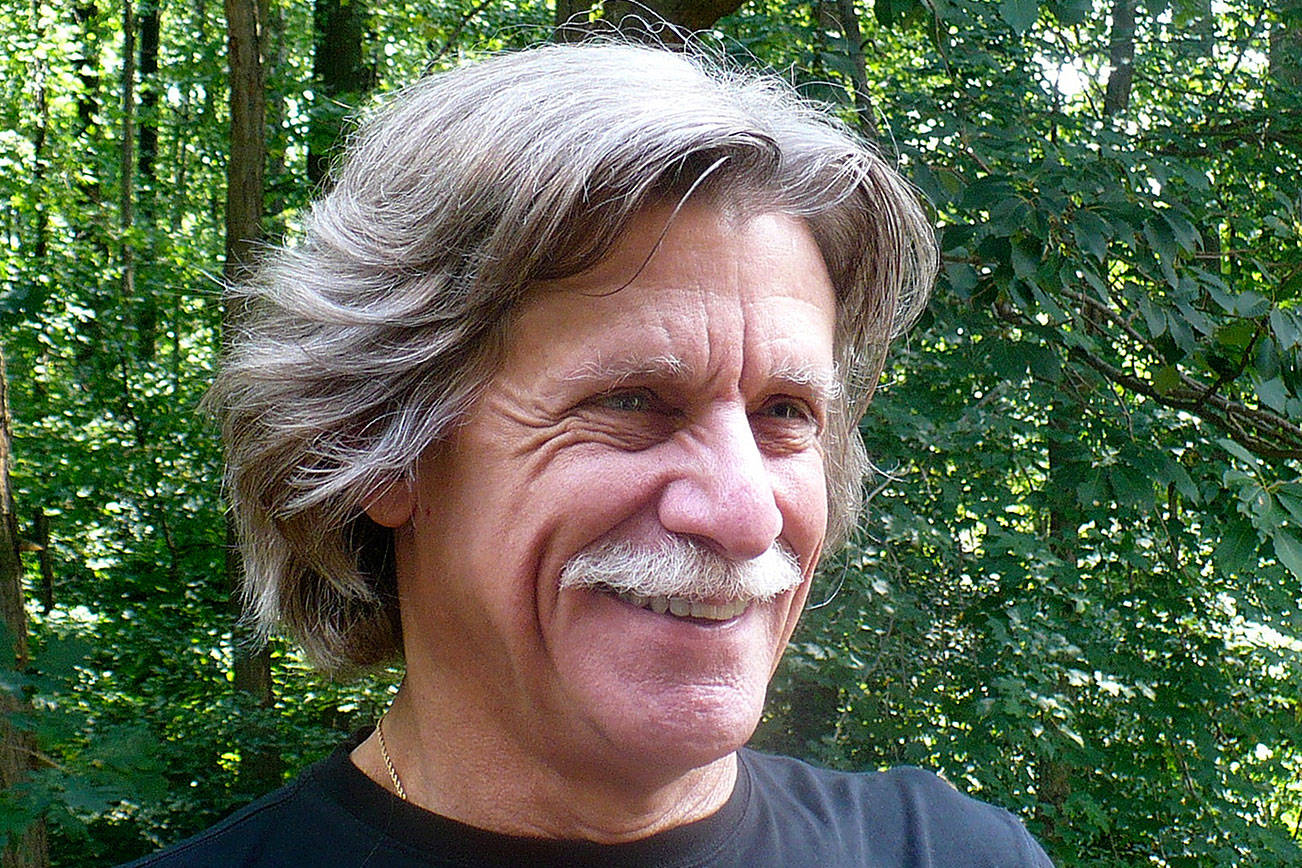Have you driven the stretch of West Sequim Bay Road between Gray’s Harbor Road and Whitefeather Way a couple miles east just past the John Wayne Marina? If so, you’ll no doubt recall that as you pass by the Battelle Marine Science Laboratory entrance headed east to the marina — it’s about a mile of winding road with no shoulder and a series of blind curves.
Most likely, every time you drive that section of road, your common sense tells you it’s not conducive to passing at all, let alone safe passing.
To reinforce that common sense appreciation of the risk of trying to pass under such road conditions, a double yellow (no passing) line down the center of the road indicates it’s illegal to pass another vehicle. If law enforcement caught you doing so, you’d be cited with a moving violation.
Like many other sections of highway in our area, it can be frustrating if you happen to find yourself stuck behind a slow moving vehicle and at some point, a part of your brain (the not-so-common-sense part) might be telling you, “Go ahead, you can make it!” So, despite not being able to see whether there’s any oncoming traffic, you pull out, hit the gas, and start to pass … only to have a car or truck suddenly appear, bearing down on you in their lane where you don’t belong.
That’s where you have to choose between hitting the brakes and pulling back into your lane or flooring it in the hope you have enough time to avoid a collision.
If, on the other hand, you resist that urge to get around the slow mover, you’ll most often be frustrated for just a short period — a mile or so — before you get a good, legal, opportunity to pass and be on your way.
Earlier this week, on our Sunday ride along this particular stretch of road, we had a “close encounter of the unsafe kind.” A motorist, attempting to pass one of our cyclists on a blind curve, came within inches of forcing the cyclist off the road or hitting him. I’d like to say this is an uncommon occurrence, but I can’t; it happens far too often here and all around the country … even in areas that are considered “cyclist safe” and “cyclist friendly.”
As cyclists, we don’t like it, but we know it’s a risk we take when we ride on the roadways.
How to ‘share the road’
The “close encounter” was disturbing enough, but it was the motorist’s attitude and beliefs that were even more frustrating. When approached a few minutes later and advised that he came very close to hitting the cyclist, he argued that it was the cyclist’s fault, that the cyclist should’ve pulled off and gotten out of the way.
When told that there was no place to do that and that, under Washington law, a bicycle is a vehicle and a cyclist has all the rights and responsibilities of any other vehicle driver, the motorist said he was unaware of that and that he’d always been “taught” that a bicycle should yield to a car or truck.
The driver added that he hadn’t seen the oncoming vehicle when he started to pass and that had the cyclist seen it, it was, again, the cyclist’s responsibility to pull over and get out of the way. He also dismissed the notion of a cyclist having the same rights and responsibilities as any other vehicle on the road, saying that just because a pedestrian in a crosswalk has the right of way, she wouldn’t stay there if a truck was bearing down on her.
As it became clear that no appeal to reason, to courtesy, to common sense, or to the law was going to make a difference, we ended the conversation and resumed our ride.
We were left, though, with that unsettling reminder that some motorists are either unaware of, or choose to ignore, the law; that, for them, common sense dictates that bicycles shouldn’t even be on the road to begin with; that courtesy and safety don’t appear to apply or need to be taken into consideration with regard to cyclists — or, by extension, any slower moving vehicle under similar circumstances), and that they’re not all interested in reasoning through the matter at hand or the broader questions involved.
Are there cyclists who inappropriately and unsafely assert their rights on the road? Sure. Is that the kind of situation that unfolded last Sunday? No.
Are there motorists who make good, sound judgments about when and where to pass, don’t pass on winding roads with blind curves, no shoulder, and a double yellow line — regardless of whether the slow moving vehicle ahead of them is a bicycle or a car, truck or RV? Absolutely. Is that what we encountered last Sunday? No.
“Share the road,” far beyond a slogan, a catch-phrase, calls on all of us to drive our vehicles responsibly, safely, courteously—to respect everyone else using the road. And whether you’re driving a motor vehicle or pedaling a bicycle, you owe it to everyone else on the road to know, and abide by, the “rules of the road,” which is to say, the laws and the common sense, courteous behavior that keeps us all safe.
I will now get off the soapbox … but I can’t promise you I won’t feel compelled to mount it again should the circumstances warrant.
Meanwhile: motorists and cyclists alike — have fun, stay safe, be kind. Let’s “Share the Road” and do our best to reduce the number of encounters of the unsafe kind.
Check out bicycle laws and safety tips at wabikes.org/growing-bicycling/washington-bike-laws/bicycle-laws-safety-revised-code-of-washington-state-bicycle-related/.
This is one of an on-going series of articles on bicycling in and around the Sequim-Dungeness Valley and the wider Olympic Peninsula.



